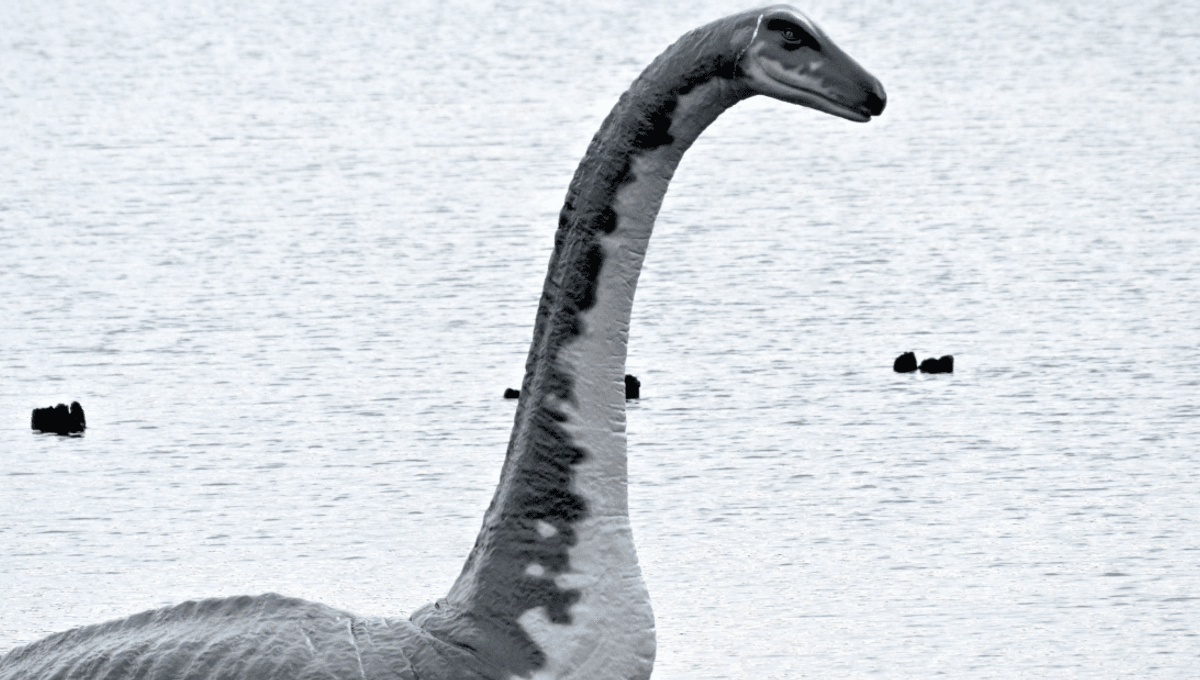
A monster search for Nessie the Loch Ness Monster will begin in the coming weeks, as the Loch Ness Centre in Drumnadrochit, Scotland, enlists the help of a global community of citizen scientists in the search of a “water beast”. The search party will include drone pilots and beady-eyed observers conducting a surface watch of the loch over two days.
They’ll be on the lookout for anything breaking the loch’s surface and strange movements within the body of water as part of the biggest search for Nessie in 50 years. The Cuvier’s beaked whale holds the current record for diving mammals, staying beneath the surface beyond two hours. It figures that if Nessie is in there, chances are she should need to break the loch’s surface at least once during the two-day watch party (unless she’s actually a giant eel).
The Quest Weekend, as it’s been named, kicks off between August 26 and 27, and is the biggest of its kind since the Loch Ness Investigation Bureau (LNIB) studied the Loch in 1972. Calling all monster hunters, The Quest Weekend hopes its search may be more fruitful thanks to new technologies.
“Over the weekend, surveying equipment that has never been used on Loch Ness before will be enlisted to uncover the secrets of the mysterious waters,” reads The Quest Weekend’s website. “This includes thermal drones to produce thermal images of the water from the air using infrared cameras, as observing heat from above could provide a crucial component for identifying any mysterious anomalies. Finally, a hydrophone will be used to detect acoustic signals under the water, listening for any Nessie-like calls, as well as further technology in the hunt for the truth.”
Hydrophones are regularly used in cetacean research, including a delightful study where scientists serenaded dolphins to see if they could communicate. Their return calls were recorded using a hydrophone, revealing quite how musical the dolphins themselves are.
If Nessie is singing her own song in the depths of Loch Ness, it figures we should be able to detect it – but as ever with tales of Cryptozoology, there are plenty of reasons to doubt that anything of substance will come out of The Quest Weekend. Nessie is arguably one of the most popular of the cryptids, which has generated a few studies into her existence, but we’ve not found anything to get excited about.
So far, the evidence in favor of the Loch Ness monster’s existence is limited to sketchy recordings, blurry photographs, and what are more likely to be collections of ducks than a giant, aquatic monster. One of the leading theories suggests that Nessie is, in fact, a giant fish or heel, hence getting the nickname “the eel hypothesis,” but this was actually ruled out by a recent paper.
“The probability of finding a 6-meter [20-foot] eel in Loch Ness is essentially zero – too low for the software used to provide a reliable estimate,” concluded the study authors.
“Thus, while large eels may account for some eyewitness sightings of large, animate objects rising to the loch surface, they are unlikely to account for ‘sightings’ of extraordinarily large animals, which may instead be accounted for by wave phenomena, the occasional stray mammal, or other reasons.”
Whether we’re on the lookout for a mega-eel or a Loch Ness Monster, it seems a two-day surface watch should be sufficient to catch them on camera or hydrophone. We might not believe in Nessie, but we would sure love to be proven wrong.
Source Link: Biggest Loch Ness Monster Search In Half A Century To Begin In August